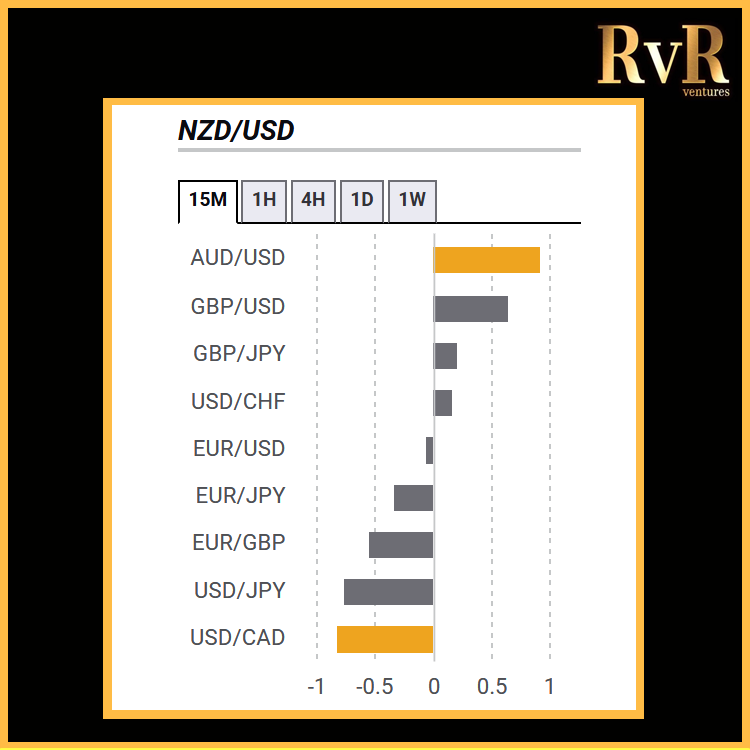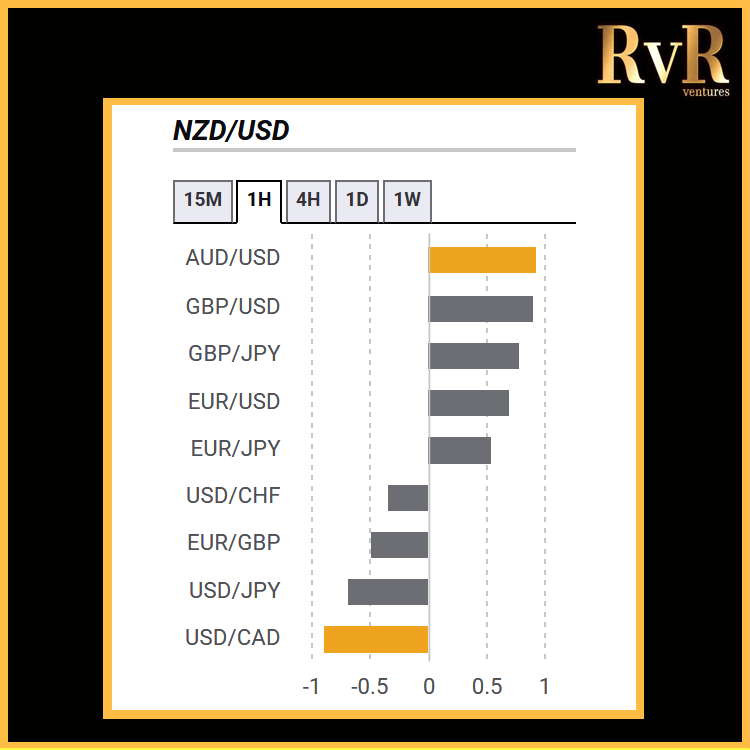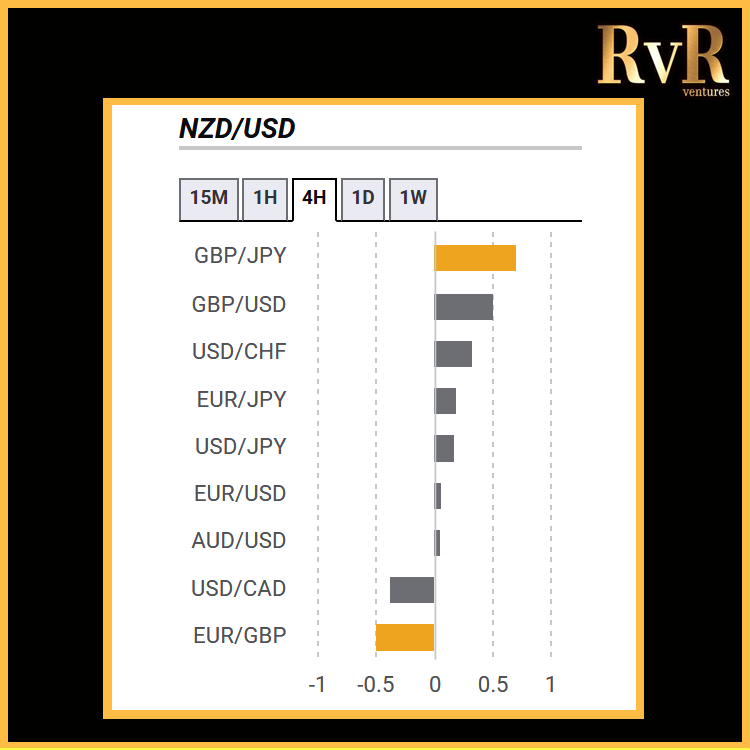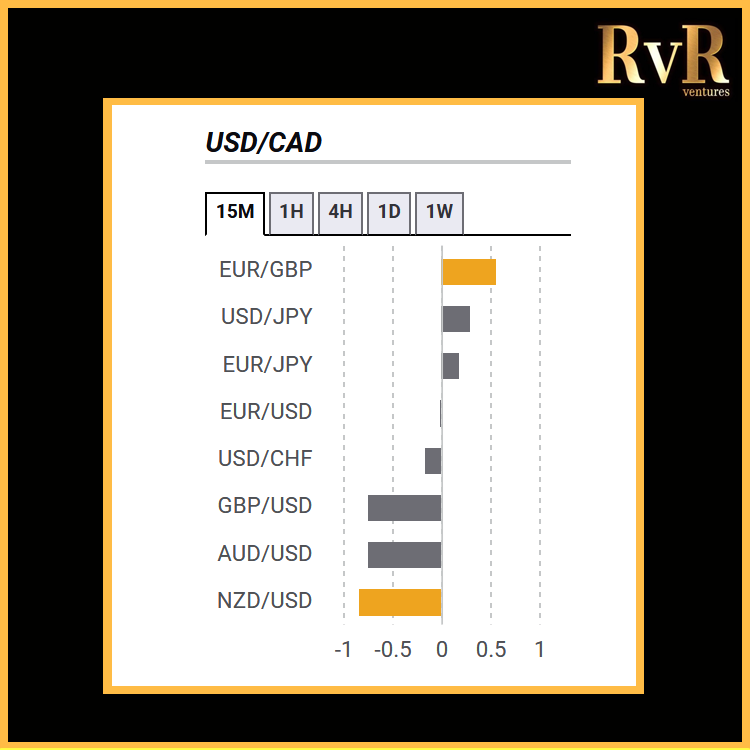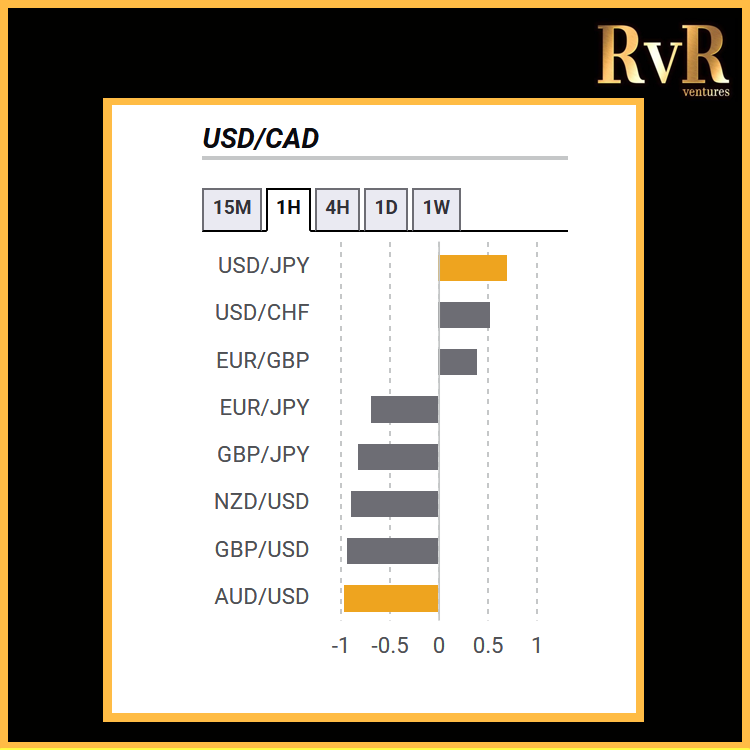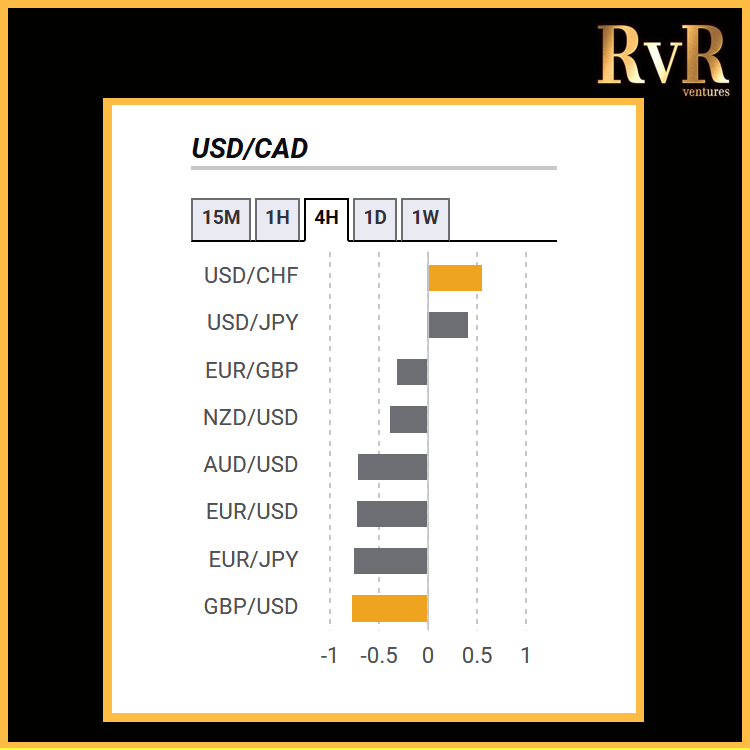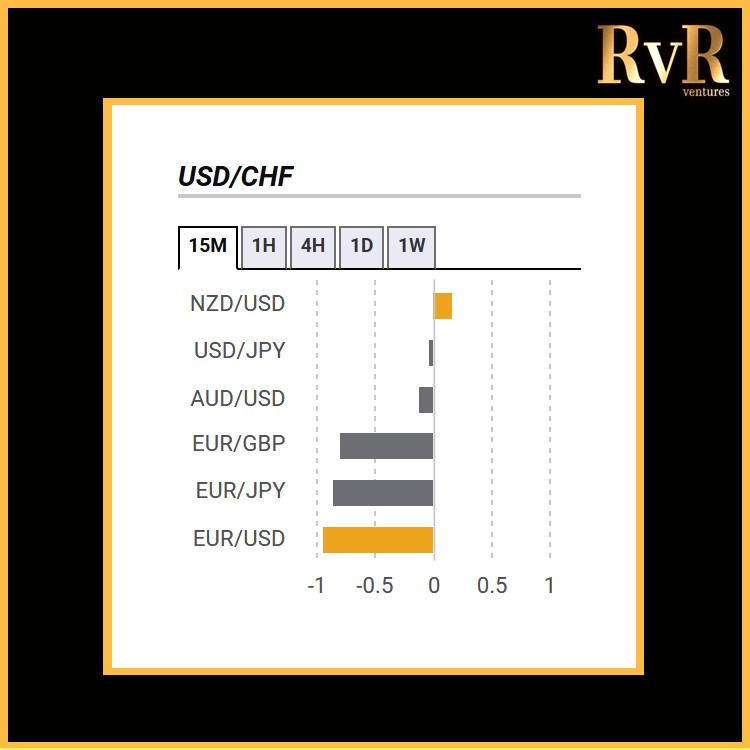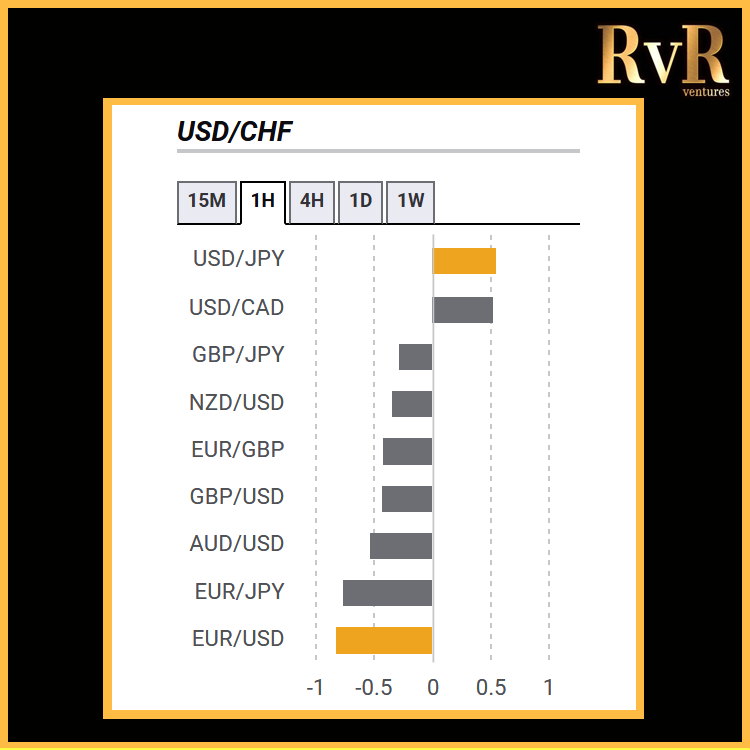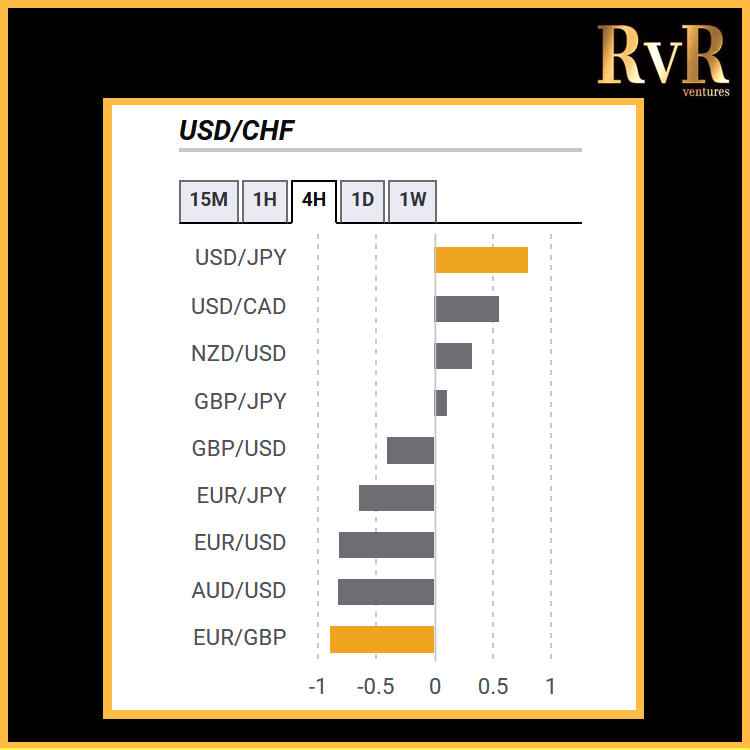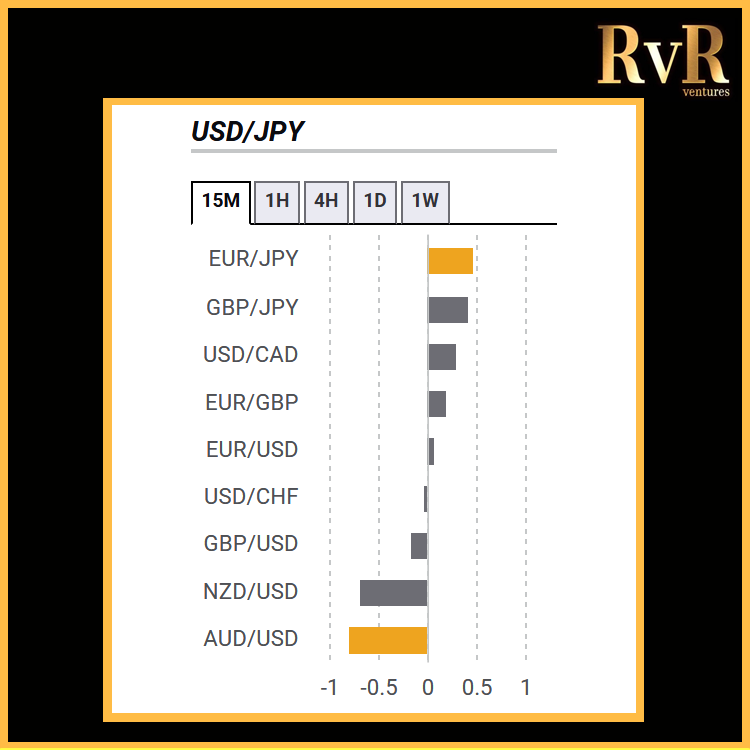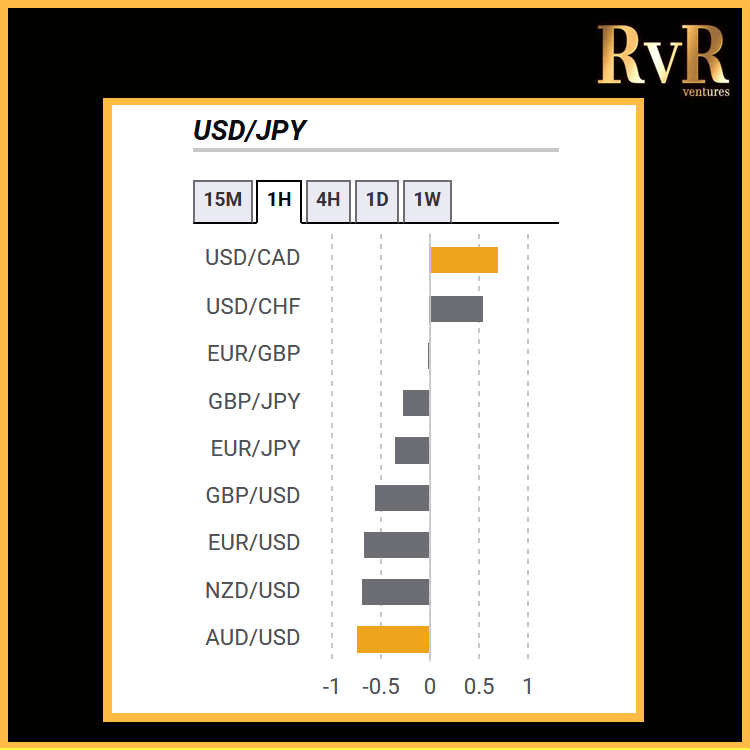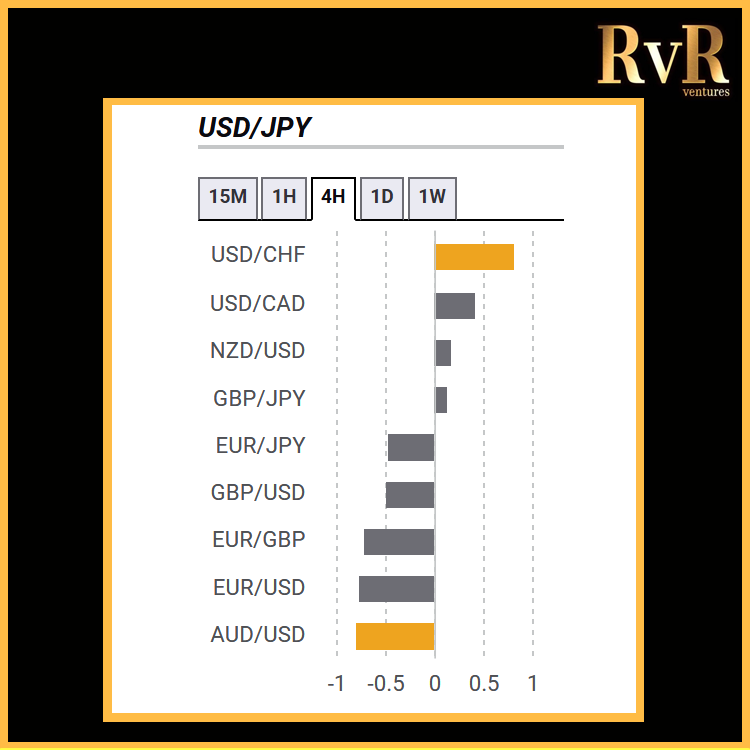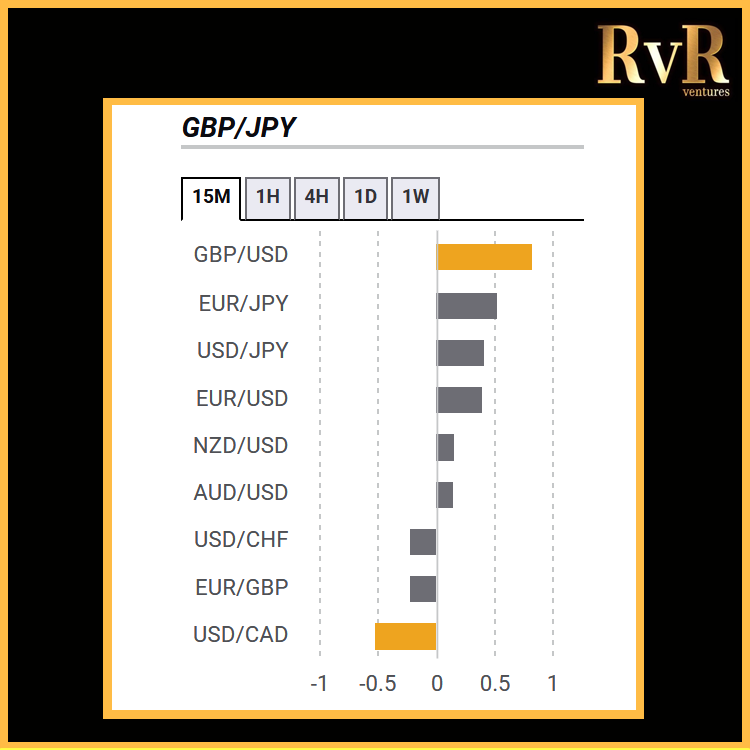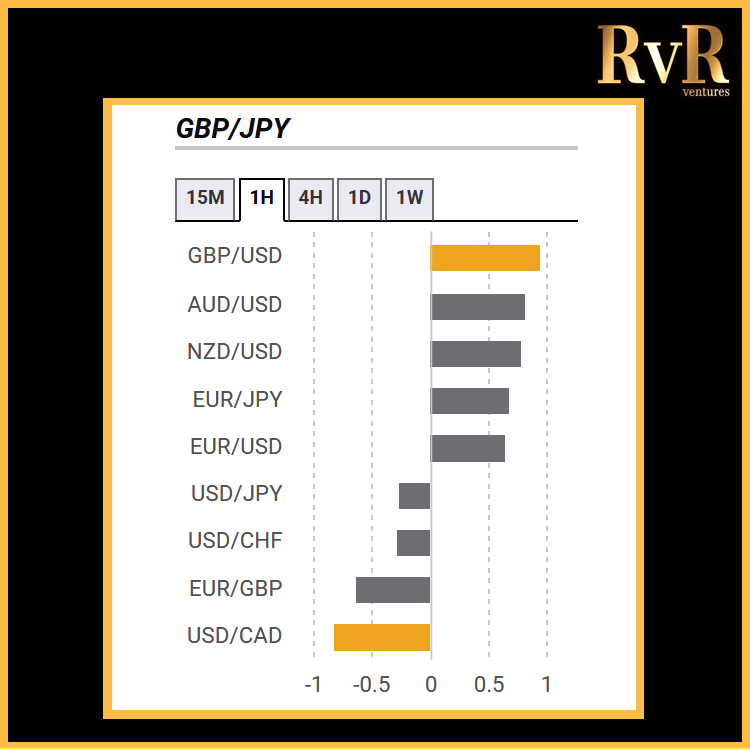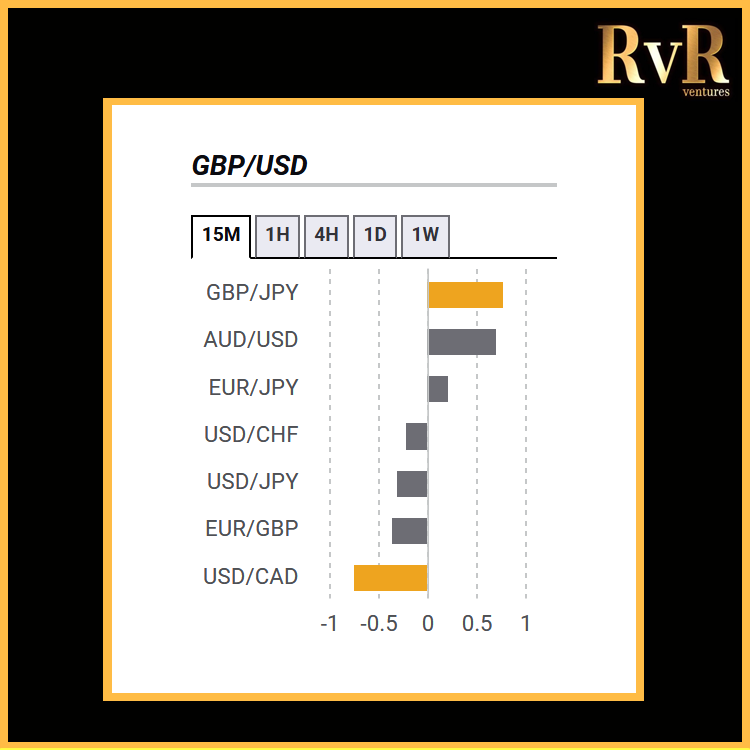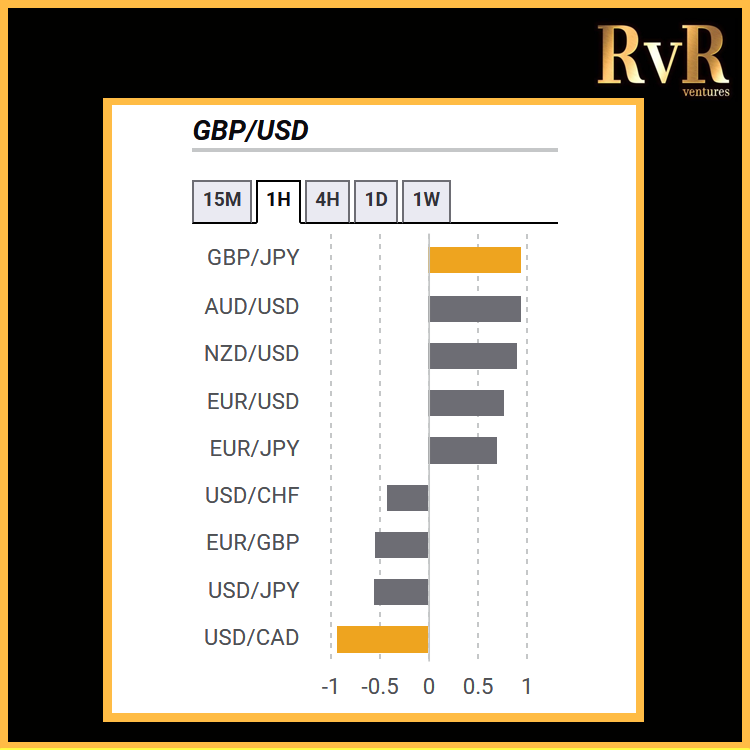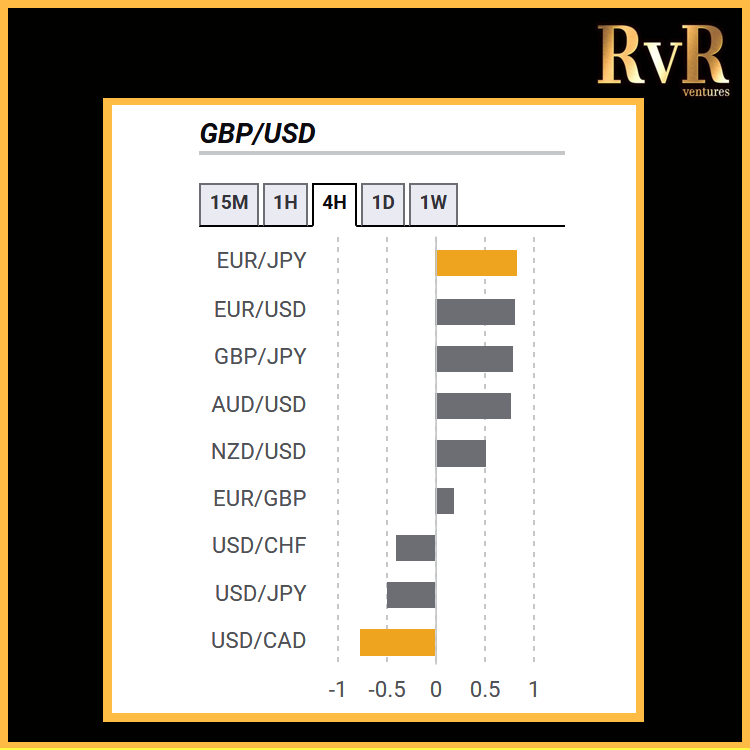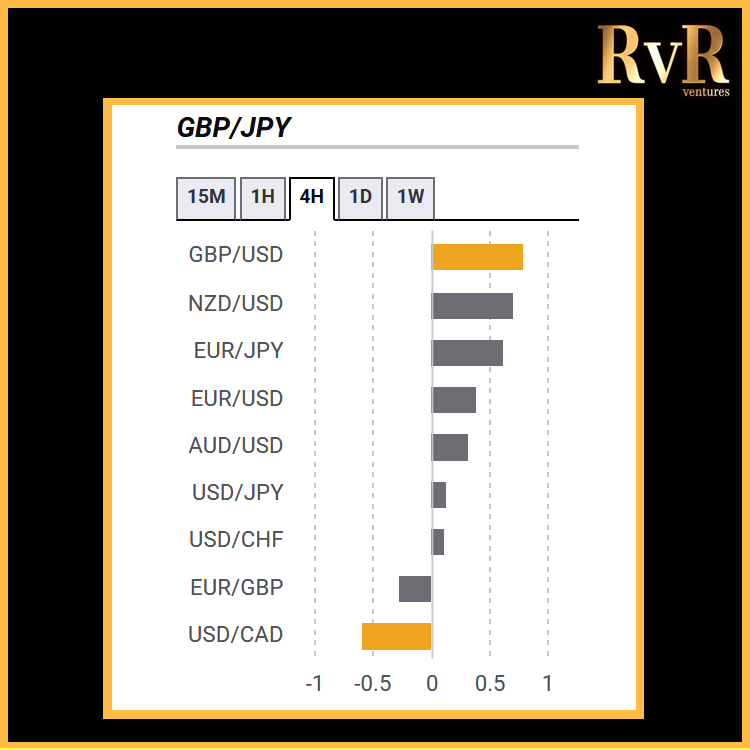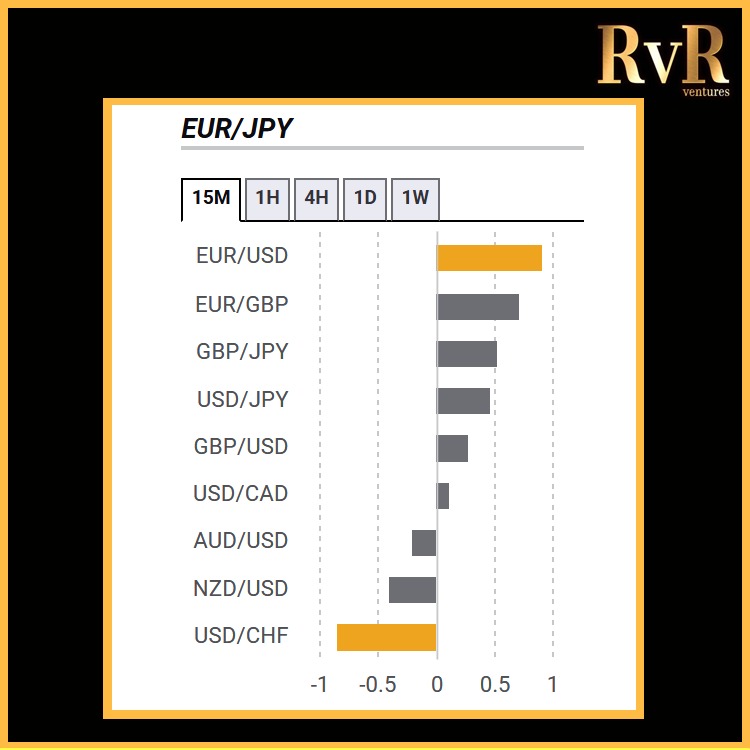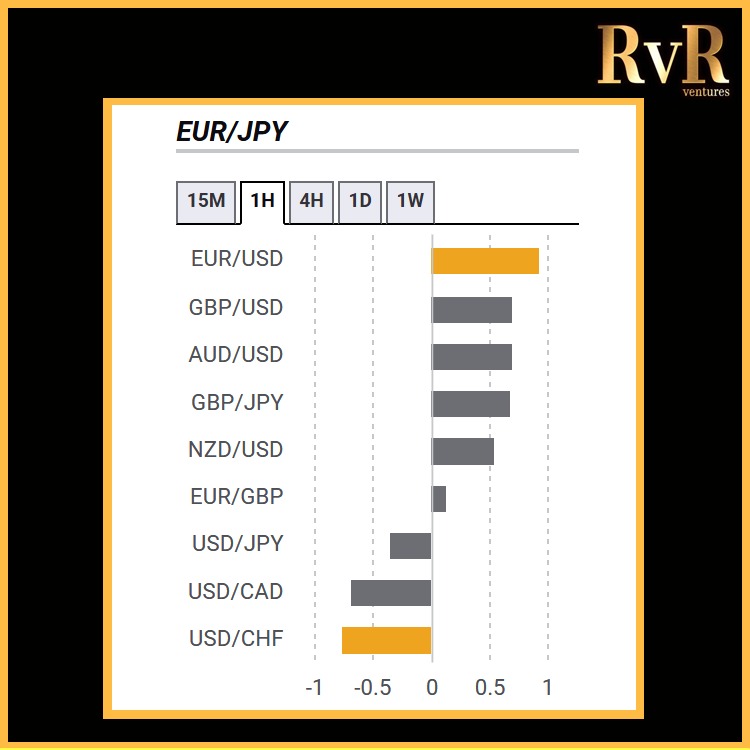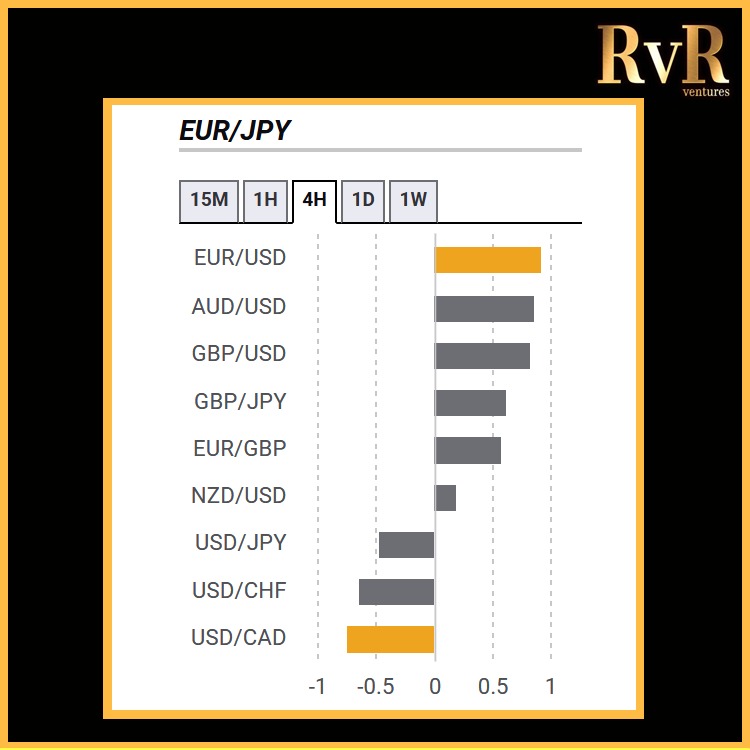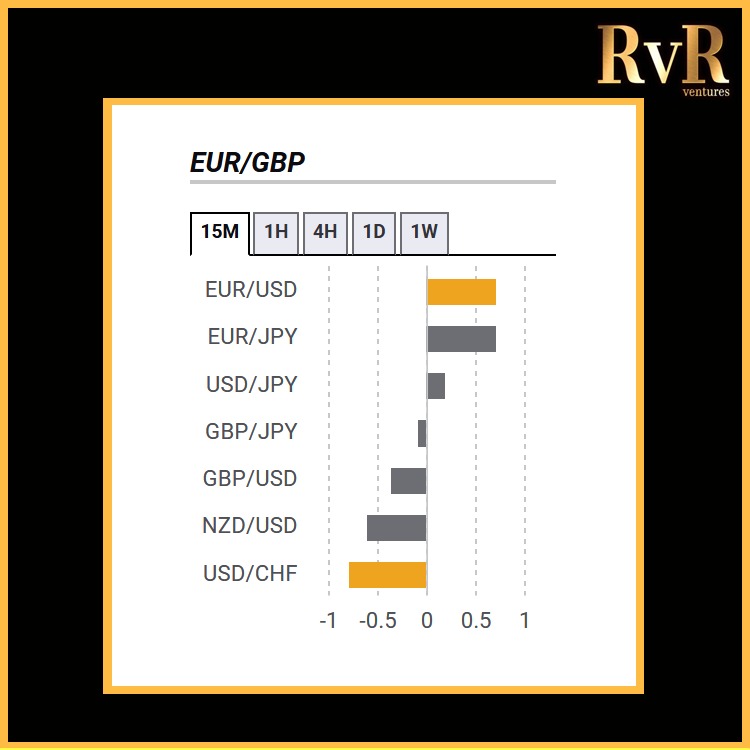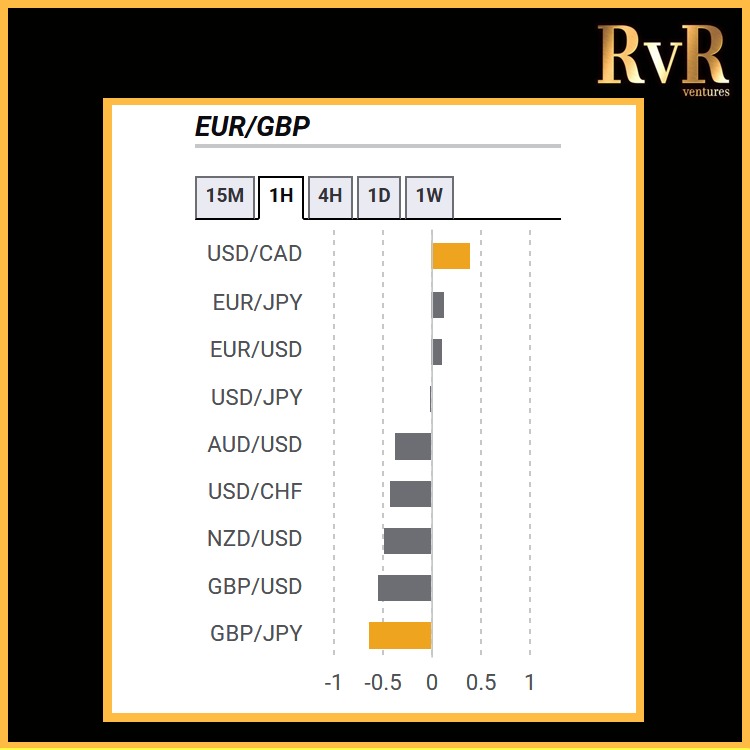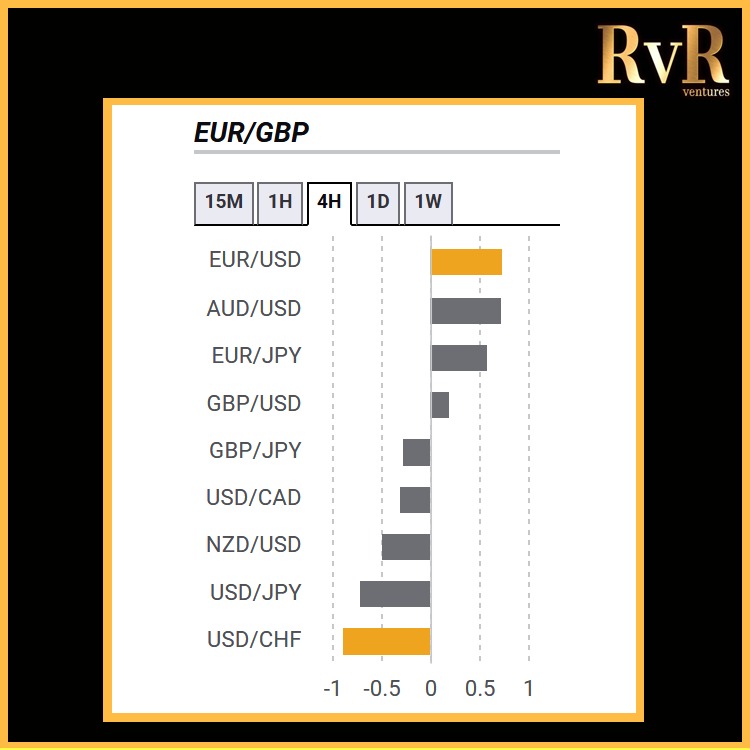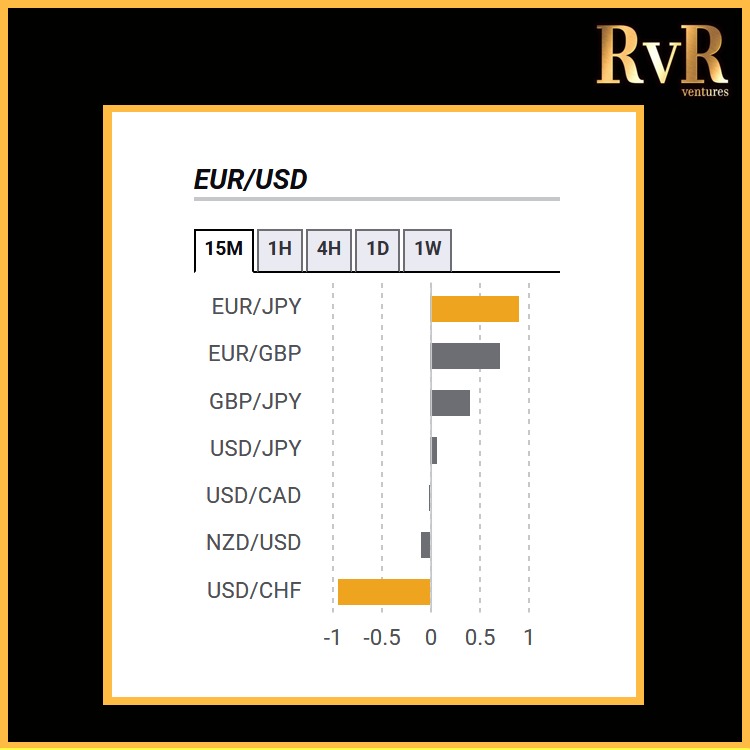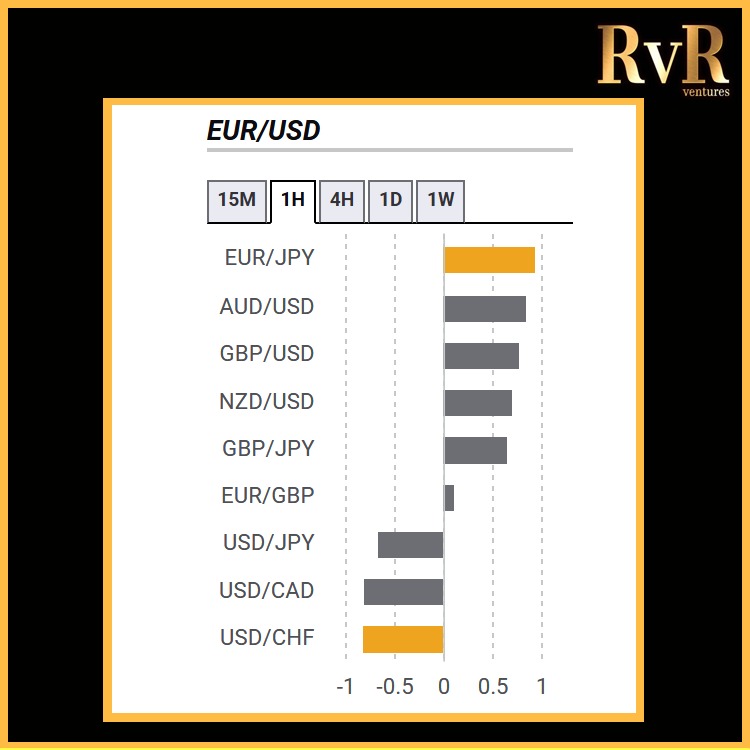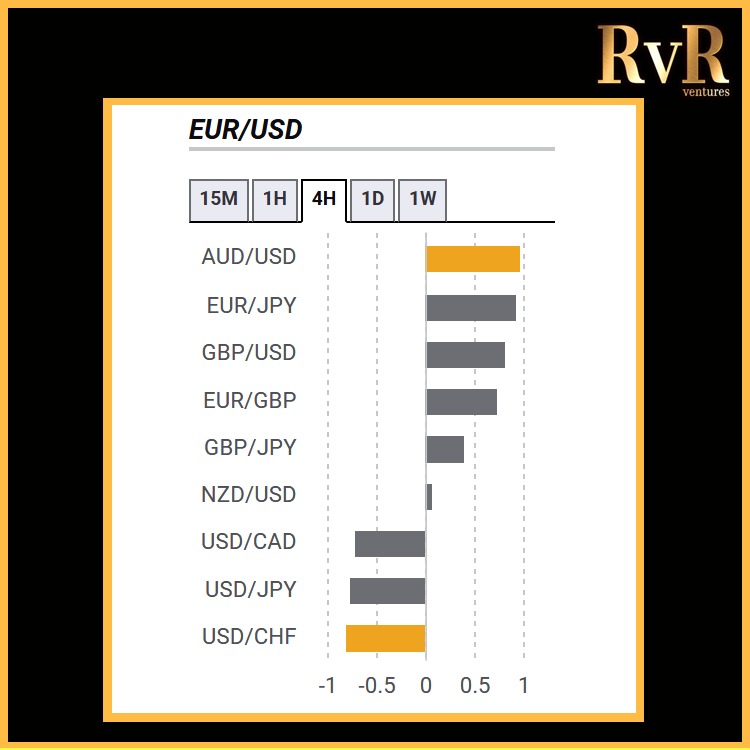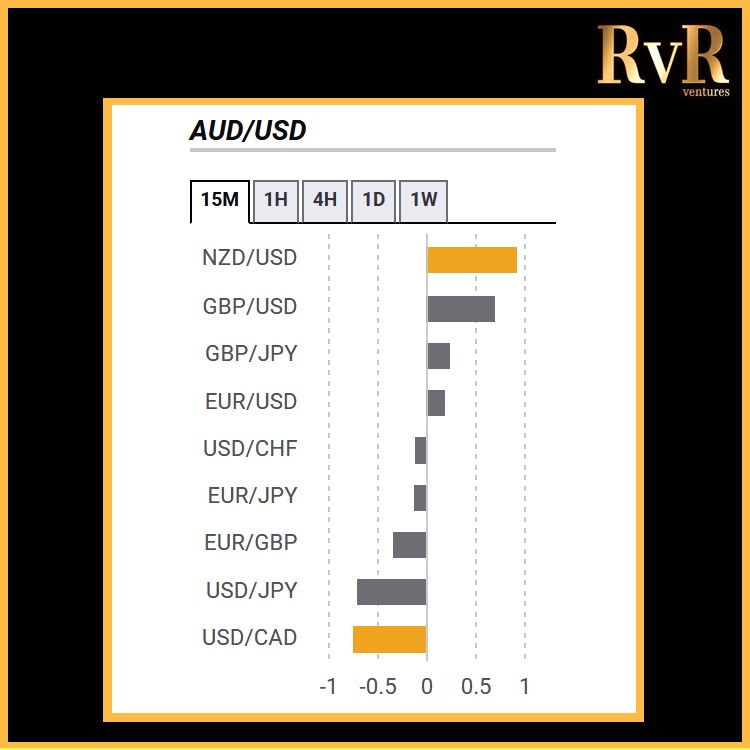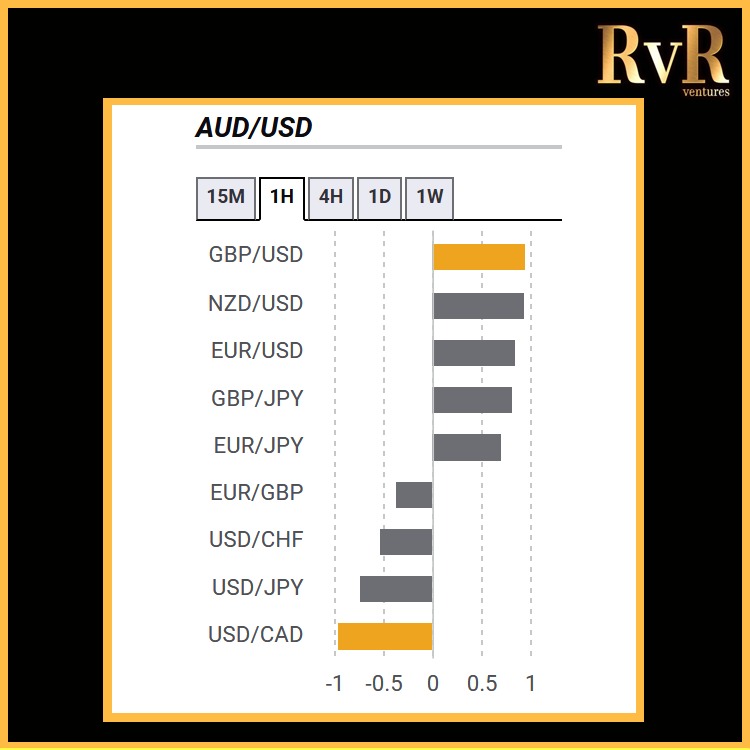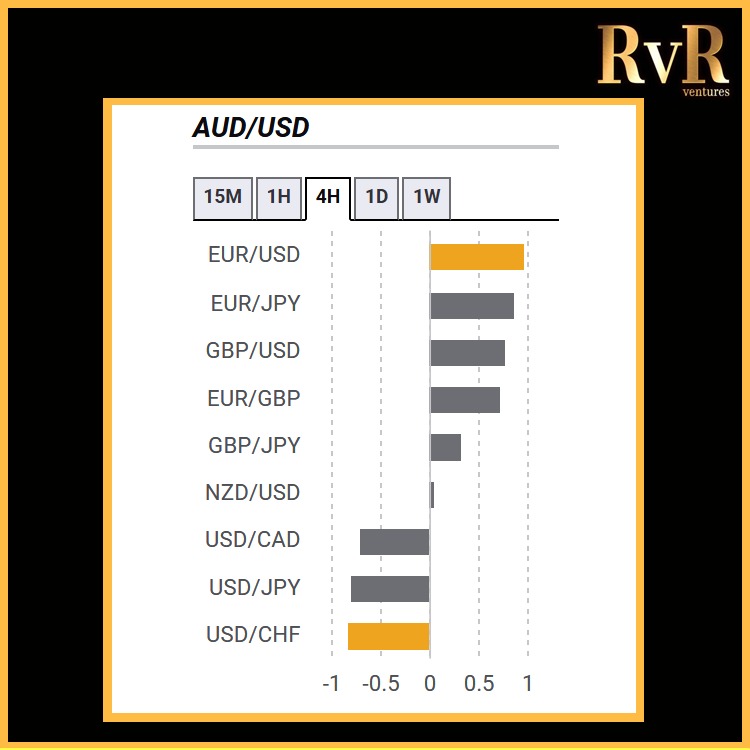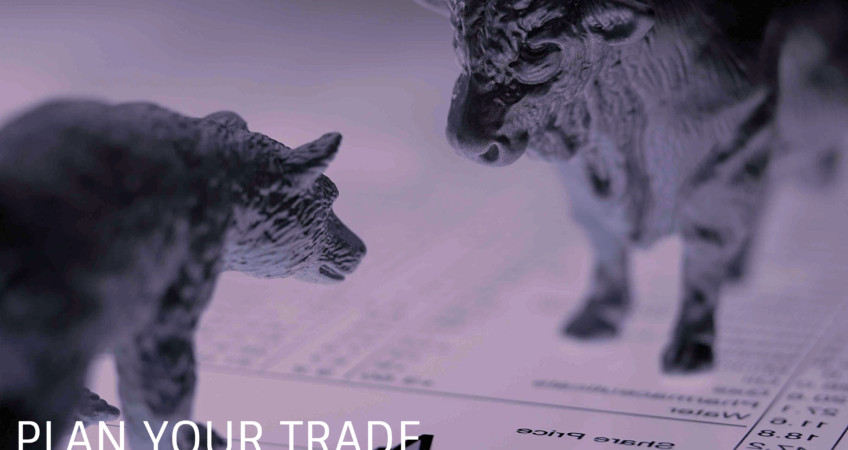
Plan Your Trade. Trade Your Plan.
Generally speaking, there are two main groups of people in the market, long-term investors and short-term traders. One person buys stocks at attractive prices, holds for multiple years and profits when the rest of the world finally figures out what they knew a long time ago. The other person takes advantage of daily price swings and will hop in and out of the market countless times a year. The one thing they have in common? They both screwup market meltdowns (but in the opposite way).
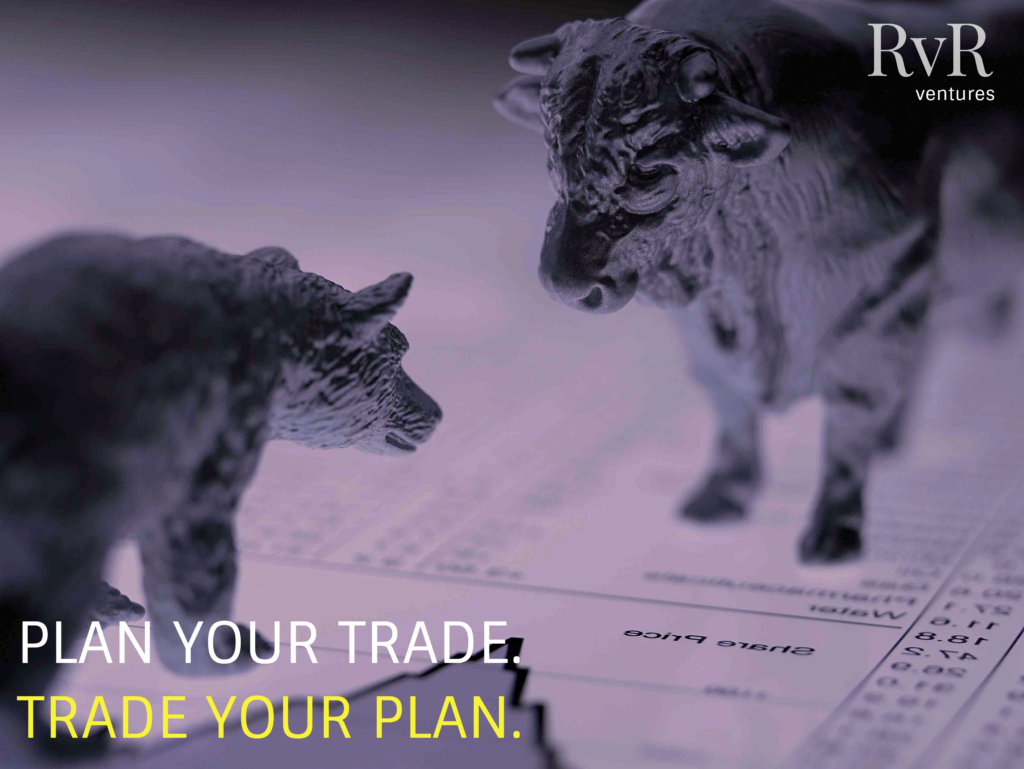 The Long-Term Investor
The Long-Term Investor
He plans to hold for long periods of time and ride through these periodic gyrations. He doesn’t care what the market is doing now, only where it is years from now when he sells. Or at least that is what he is supposed to do. Unfortunately, it doesn’t always work out that way.All too often, these long-term investors follow the news a little too closely. They read headlines screaming coronavirus, bank defaults, rate-hikes, socialists or any of the countless other reasons investors fret. Once prices start crumbling, their confidence cracks and they start wondering if they should be worried. Prices fall a little further and that wonder turns to fear. A little lower and panic sets is. Long gone are thoughts of holding for the long-term and now all they can think about is watching even more of their net worth evaporate. If they don’t act now, things will just get worse. There is no greater fear than the fear of regret and finally, the confident long-term investor turns into a fearful seller.Of course, by the time the long-term investor reaches his breaking point, stocks have fallen a long, long way. In fact, they have fallen so far that often are not far from the ultimate capitulation bottom and rebound. But he doesn’t see that. All he knows is that he wants to get out and he won’t be able to sleep until he does.
The Short-Term Trader
She darts in and out of the market with the greatest of ease. Things like market meltdowns don’t bother her. In fact, she roots for them because she thinks they are a great way to make big profits. Unfortunately, it doesn’t work out so well for many of them. It starts out well enough. The market dips like it has a thousand times before. Buy the dip, sell the bounce, repeat until wealthy. But this time, the dip doesn’t bounce when it’s supposed to. Well, that’s okay, she got in a little early and all that means is that she needs to wait a little longer before the bounce. But the next day, price falls even further. Now things are definitely not looking good. But she tells hersel that she can manage this, that she doesn’t want to be that trader who loses her nerve, selling moments before the inevitable bounce. So she keeps holding. But rather than bounce, the market tumbles again the next day. Now the losses are so big that she has no choice but to keep holding. Everyone knows it would be foolish to sell at these levels. She should be buying this dip, not selling like all the other emotional cowards. And yet, prices keep falling and she keeps holding.
Long- and short-term investors get killed in market meltdowns because they change their plan in the middle of a trade. The long-term investor loses because he sells too quickly while the short-term trader fails because she holds too long. As the old cowboy saying goes, never change horses midstream. Your trading plan should always account for the inevitable market meltdown. If your plan is to ride through them, ride through them. If your plan is to get out and go short, get out and do that. Don’t be that trader who reacts emotionally, changes plans midstream through a trade, doing exactly the wrong thing at the wrong time.
It’s a market cliche and it sounds corny saying it, but “plan your trade and trade your plan.” There is no greater piece of advice a trader can receive than that. While the world is freaking out, take that step backward and focus on what you can control — your spending, your attitude and your life goals. Don’t allow yourself to wallow in the frenzy or worry about that which you cannot control. Believe me, if I could bring the price of XAUUSD down by thinking about it, I’d be doing that non-stop.

